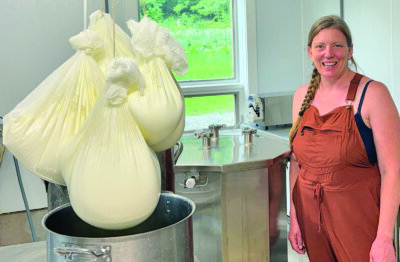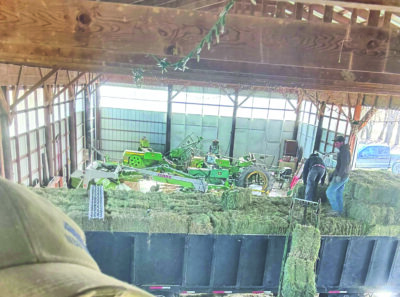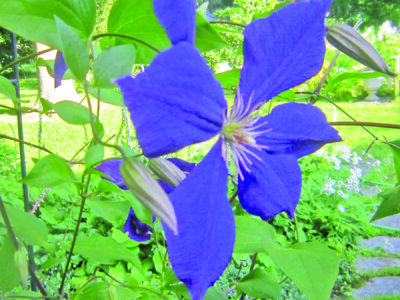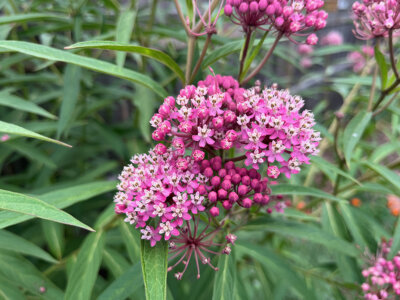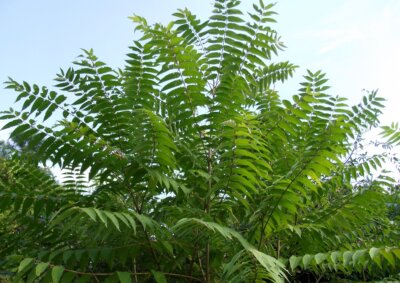Great native shrubs for pollinators
Adding shrubs to your landscape can have many benefits. After being planted, they can live for many years. They visually ground gardens, adding structure throughout the year. Perhaps most importantly, they can provide food and shelter for small mammals, birds and insects.
Native flowering shrubs also can attract and support pollinators in your garden. There are many fantastic flowering shrubs that you can add that will appeal to pollinators and beneficial insects.
One of my favorites (which makes an appearance in almost every one of my planting plans) is red-twig dogwood (Cornus sericea). Growing over 6-8 feet tall and wide, red twig dogwood is a native shrub that thrives in wet and dry conditions and in full to part sun.
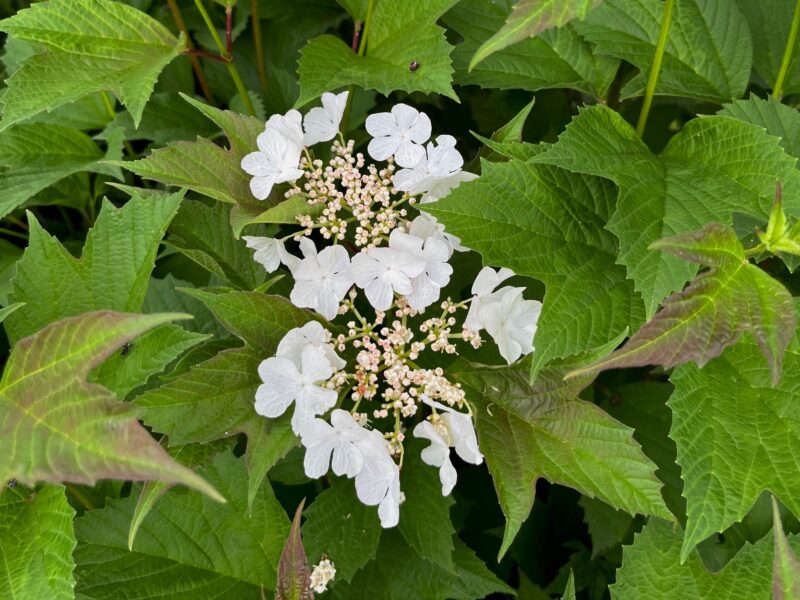
The American cranberry bush has showy, white flowers in the spring, and edible red berries in fall, making this an attractive pollinator plant for the garden.
Dogwood’s red twigs bring color to the bland winter landscape and attract pollinators to its white flowers in spring. Fruits from this shrub are also attractive to birds. Red twig dogwood’s roots are strong and can help prevent erosion and stabilize slopes.
Willows such as pussy willow (Salix discolor) are great bank stabilization plants. They are one of the earliest shrubs to flower, so they provide a great service at a time with limited food options for pollinators.
Pussy willows can be trimmed as shrubs or allowed to grow into small multi-stem trees, growing 6-15 feet tall and 4-12 feet wide. Their wispy foliage provides a unique texture to the garden. They prefer medium to wet soils, and full to part sun.
Another excellent pollinator plant for the garden is viburnum. American cranberry bush (Viburnum opulus var. americanum) has showy, white flowers in the spring, growing 8-12 feet tall and wide. Its brilliant red berries are edible for birds and people alike. This pollinator shrub prefers full sun to part shade and medium soil moisture.
A native spiraea, steeplebush (Spiraea tomentosa), has pink, upright plumes that grow up to 5 feet tall. Steeplebush prefers moist soils and full to part sun. Seen in the wild, this spiraea and its relatives (Spiraea alba and Spiraea tomentosa) are excellent pollinator plants that would be a unique addition to the home garden.
There are many more wonderful, native shrubs that attract pollinators. Check out the University of Vermont Extension master gardener garden resources web page for more plant ideas.
Interested in learning more? Consider taking the annual University of Vermont Extension master gardener course where you will gain extensive knowledge on sustainable gardening practices, including planting for pollinators. The next course begins in January.
(Bonnie Kirn Donahue is a University of Vermont Extension master gardener and landscape architect from central Vermont.)
Related Stories
Popular Stories
If you enjoy The Charlotte News, please consider making a donation. Your gift will help us produce more stories like this. The majority of our budget comes from charitable contributions. Your gift helps sustain The Charlotte News, keeping it a free service for everyone in town. Thank you.
Andrew Zehner, Board Chair




